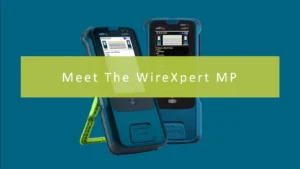Smart Technologies Revolution: Edge Computing Ushers in a New Era of Predictive City Management
As cities across North America embrace smart technologies to improve urban living, standout initiatives like Virginia Beach’s flood resiliency program, highlighted in the recent IDC Smart Cities North America Awards, demonstrate the critical role of edge computing in environmental monitoring and disaster management. These technologies not only bolster emergency responses but also seamlessly integrate with daily municipal functions, fostering sustainable urban growth. With the global edge computing market projected to reach approximately $17.8 billion by 2026, the integration of this technology is set to redefine urban landscapes.
With an expected 75 billion connected devices by 2025, how can cities effectively utilize this extensive IoT ecosystem to generate real-time, actionable urban insights?
Dustin Seetoo, a rugged edge computing industry leader and the Director of Product Marketing at Premio Inc. sheds light on the strategic utilization of edge computing in enhancing urban living. He notes the transformative impact smart technologies like edge computing have on managing the vast data produced by urban IoT ecosystems. Seetoo emphasizes the importance of moving computational processes closer to data sources (IoT sensors), which reduces latency and increases the efficiency of data processing for real-time insights.
“By moving this processing power closer to IoT sensors, you’re able to reduce the latency and deliver a lot of the computing power and the machine learning for AI,” Seeto said.
Article written by Sonia Gossai









